What is the History of DOT Shipping Labels?
Railroads first required hazardous materials labeling in 1910 for their transportation of explosives. HazMat warnig labels changed only slightly until the 1970's. Then, prodded by an unfortunate and well publicized series of transportation accidents in the 1970's, Congress passed the Hazardous Materials Transportation Act in 1975. This, in turn, led to the consolidation of regulations under the Hazardous Materials Regulations Board. The rest of the 70's and 80's saw numerous changes, but trying to simplify and consolidate these extensive regulatory changes that emerged in this period and their impact on the design of transportation labels has been an enduring challenge.
Luckily, though, the rate of change will probably slow. Efforts to harmonize DOT and UN standards have finally been successful and this has brought some welcome consistency. The process started with the DOT's acceptance of the UN recommended labeling standards and "performance packaging" with HM-181 is now reaching a conclusion with HM-215A. Although not having the power of regulations themselves, the UN Recommendations are distributed worldwide. They are adopted by various countries, such as the acceptance of HM-215A in the U.S. These recommendations cover most all international modal regulations, including the International Maritime Dangerous Goods Code (IMDG Code) for international sea transport and the ICAO instructions for international air transport.
The U.S. DOT's HM-215A was issued on December 29, 1994 and aligned the US regulations with these UN recommendations. By October 1, 1996 all DOT specification packaging may no longer be used. By October 1, 2001 all HM-181 placards specified in the December 1990 rule will need to be replaced by those meeting the HM-215A rules.
In studying the changes made over the last 20 years, you see a number of important trends for shipping labels:
-
Regulations have been consolidated.
Each stage of regulatory change has tried to bring about some
sort of consistency; this has been accomplished by preempting
differing local and state regulations, by aligning our standards
with those of other countries, and by trying to simplify the different
labeling requirements for each mode of transportation. At one
point the Coast Guard, the FAA, the Federal Highway Administration
and the Federal Railway Administration each had their own marking
requirements.
-
Labels have become international.
With the acceptance of the eighth edition of the UN Recommendations,
the U.S. DOT label designs can be used for international shipments.
-
More information is now on the label.
DOT labels now show the ID number, the N.O.S. shipping name and
the constituent names.
-
Labels integrate with shipping manifests
and MSDS. The DOT symbols are increasingly finding their way onto
MSDSs and shipping papers. Electronic data files make this possible.
Also See ...
• Article on DOT labels


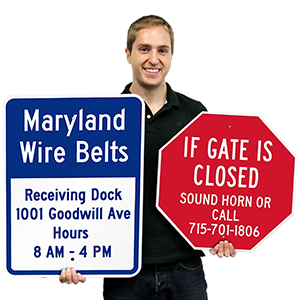
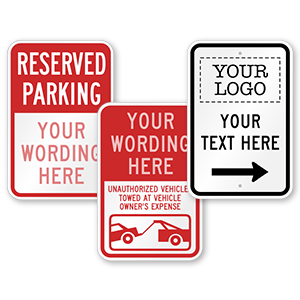
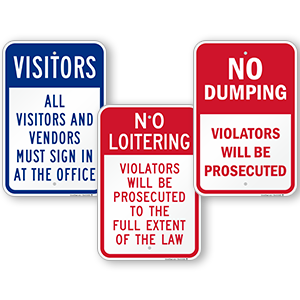
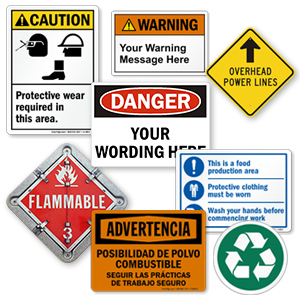

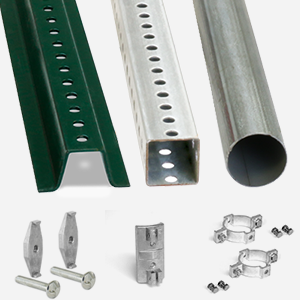
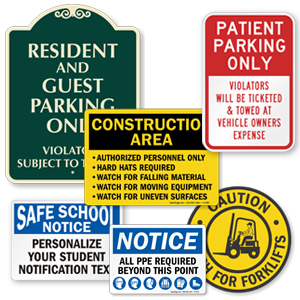
 Prev.
Prev.